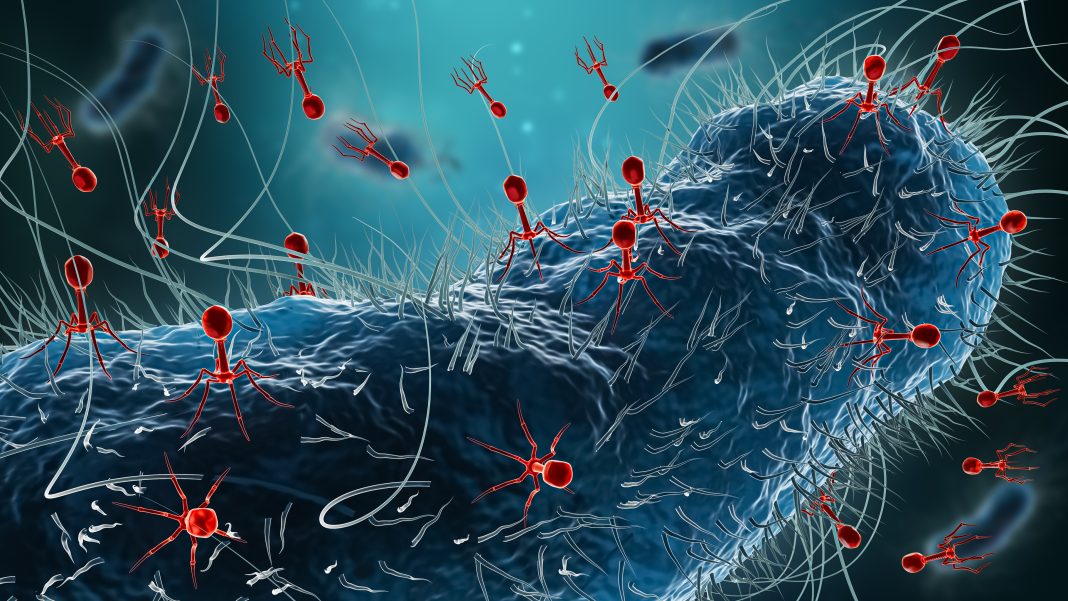New research from scientists at Rice University helps explain how viruses time cell lysis and the release of new viruses from their bacterial hosts to ensure survival. Details are provided in a paper published in the Biophysical Journal in a paper titled, “Molecular mechanisms of precise timing in cell lysis.”
According to the paper, the precise timing of viral replication relies on the interplay between two processes: the buildup of holin proteins, or small phage-encoded membrane proteins that permeabilize the host membrane at a programmed time, and the breaking of the cell membrane. The scientists hypothesized that randomly-determined coupling of these two processes was responsible for the precise timing of the viral release.
To test their hypothesis, the scientists created a mathematical model to investigate how holin proteins produced by bacteriophages break the inner membranes of gram-negative bacteria. They compared their calculations with experimental data from normal and mutated viruses to assess how these proteins accumulate and trigger cell bursting.
Their mathematical analysis revealed that precise timing is achieved by maximizing the number of holin proteins in the membrane while maintaining a narrow distribution. These predictions aligned with their experimental observations for both wild-type and mutated viruses. Wild-type viruses achieved precise timing by balancing the entry and exit of holin proteins in the membrane, while mutated viruses failed to maintain this balance.
“Previous studies had not explored this specific interaction between protein buildup and cell bursting, making the team’s findings particularly significant,” Anatoly Kolomeisky, PhD, professor of chemistry, chemical and biomolecular engineering and co-author of the study, said in a statement.
Anupam Mondal, PhD, co-author of the paper and a postdoctoral fellow at Rice University’s Center for Theoretical Biological Physics, added that the details about cell lysis mechanisms from this study reveal “that nature’s precision often emerges from the interplay of randomness and regulation.”
More broadly, the findings highlight how biological systems can achieve precise outcomes through seemingly chaotic processes, and offer insights into how other biological processes might be controlled. By understanding these timing mechanisms, scientists can learn more about fundamental life processes and, hopefully, come up with new ways to combat bacterial infections.



